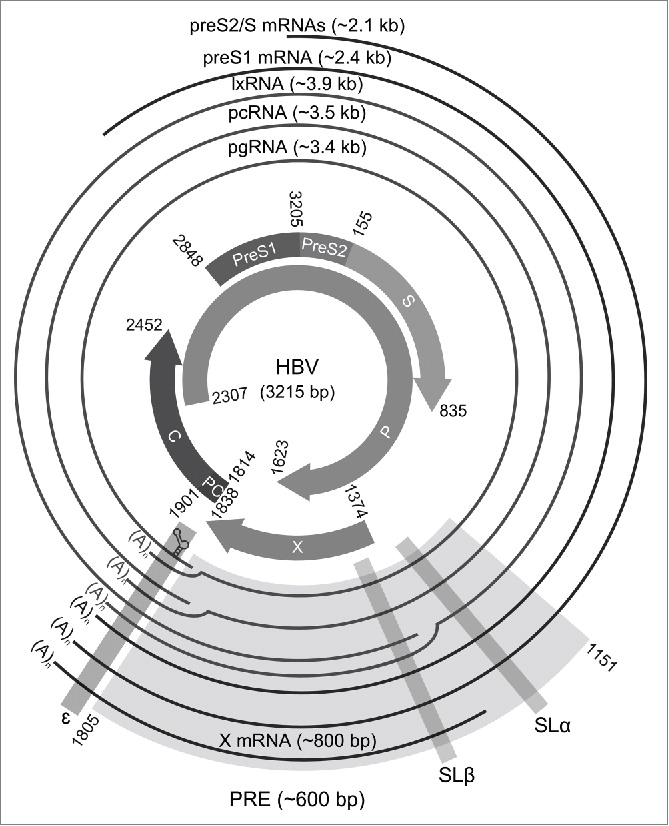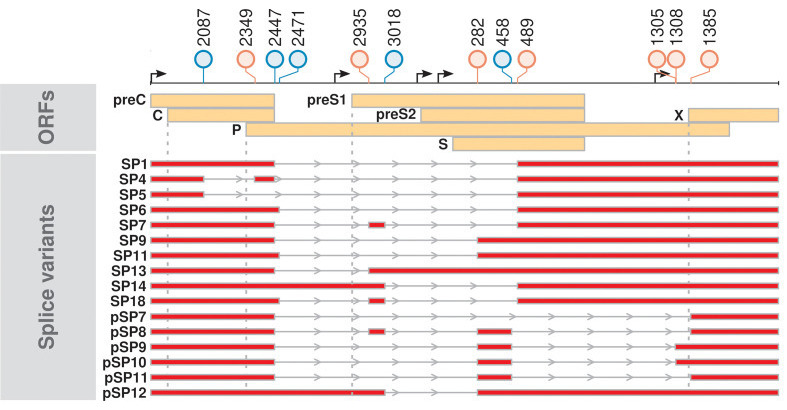Does splicing occur in viruses?
alternative splicing, DNA virus
Hepatitis B virus (HBV) affect 296 million people worldwide. HBV is an unusual DNA virus. HBV produces the pregenomic RNA that is retro-transcribed into genomic DNA (Lim & Brown, 2016). We have experimentally characterised the spliced pregenomic RNAs of HBV and shown that these spliced RNAs are specific to the different genotypes of HBV (Lim et al., 2021). We also identify similar genotype-specific expression profiles in human liver and infected primary cells (501 public RNA-seq libraries). Interestingly, the sequences of novel splice RNAs found in the clinical samples matched with the DNA sequences of previously identified HBV quasispecies. The study sparks a new working hypothesis that alternative splicing is an avenue for the proliferation of HBV quasispecies, where the splice RNAs may be packaged and reverse transcribed, driving cancer progression.


References
2021
- Quantitative analysis of the splice variants expressed by the major hepatitis B virus genotypesMicrobial Genomics, 2021
2016
- Hepatitis B virus nuclear export elements: RNA stem-loop αand β, key parts of the HBV post-transcriptional regulatory elementRNA Biology, 2016